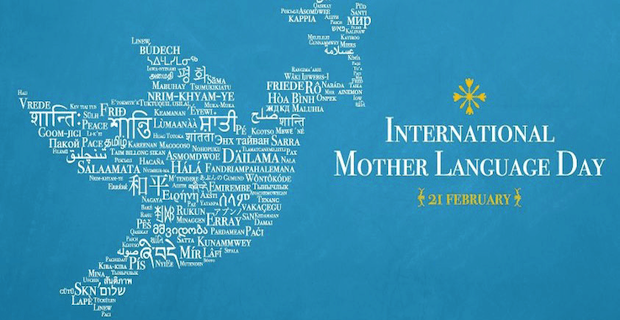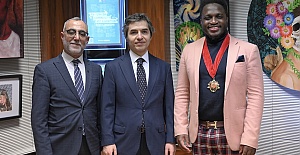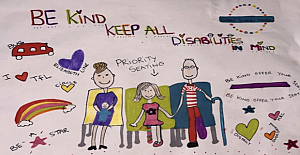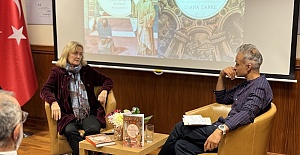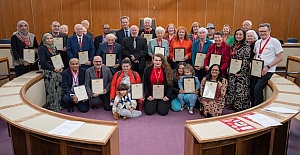International Language Day is being observed worldwide Thursday to promote linguistic and cultural diversity and multilingualism.
In 1999, UNESCO recognized Feb. 21 in a resolution as International Mother Language Day to honor the Bengali demonstrations in 1952 in then-East Pakistan -- which later became Bangladesh -- against the use of Urdu as the sole national language.
The Bengali Language Movement started in 1952 and after a long struggle, in 1956 the central government of then-Pakistan accepted Bengali as one of the state languages of the country.
In the same resolution, the General Assembly declared 2008 as the International Year of Languages, to promote unity in diversity and international understanding, through multilingualism and multiculturalism.
The UN made 2019 the International Year of Indigenous Languages under the theme of “Matter for development, peace-building and reconciliation”.
A language goes extinct every 2 weeks
At least 43 percent of the approximately 6,000 languages spoken in the world are endangered, according to the UN report “Atlas of the World's Languages in Danger”.
"Every two weeks a language disappears, taking with it an entire cultural and intellectual heritage,” according to another UN statement.
“When languages fade, so does the world's rich tapestry of cultural diversity. Opportunities, traditions, memory, unique modes of thinking and expression -- valuable resources for ensuring a better future -- are also lost,” it read.
Extinct languages also threaten linguistic diversity.
Nearly 40 percent of the world population does not receive education in their mother tongue, according to the UN.
“Progress is being made in mother tongue-based multilingual education with growing understanding of its importance, particularly in early schooling, and more commitment to its development in public life,” the UN added.


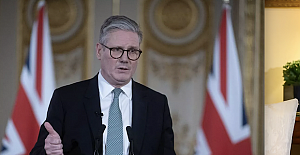 Prime Minister Keir Starmer's 2025 Easter message
Prime Minister Keir Starmer's 2025 Easter message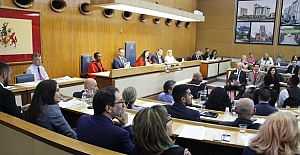 After Nesil Caliskan a by-election will be held in Jubilee ward in Enfield
After Nesil Caliskan a by-election will be held in Jubilee ward in Enfield Publishing the analysis, Labour’s Cllr Ergin Erbil said Everybody in Enfield deserves basic rights
Publishing the analysis, Labour’s Cllr Ergin Erbil said Everybody in Enfield deserves basic rights Gaza-Israel conflict Statement from Cllr Ergin Erbil, Leader of Enfield Council
Gaza-Israel conflict Statement from Cllr Ergin Erbil, Leader of Enfield Council The European Union called on Turkey to uphold democratic values
The European Union called on Turkey to uphold democratic values Turkish citizens in London said Rights, Law, Justice
Turkish citizens in London said Rights, Law, Justice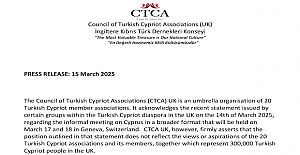 The Council of Turkish Cypriot Associations Geneva response letter
The Council of Turkish Cypriot Associations Geneva response letter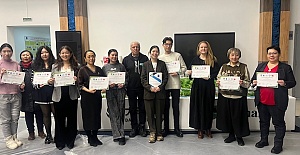 Sustainable Development and ESG, Will This Become the Course for Turkic World
Sustainable Development and ESG, Will This Become the Course for Turkic World The 'Prince of Paris' has impressed in his first EuroLeague season
The 'Prince of Paris' has impressed in his first EuroLeague season Saran Media And Euroleague Basketball Extend Media Rights Partnership for Four More Years
Saran Media And Euroleague Basketball Extend Media Rights Partnership for Four More Years Will Rangers be Jose Mourinho’s next victim?
Will Rangers be Jose Mourinho’s next victim?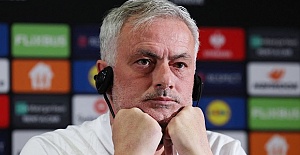 Jose Mourinho's Fenerbahce face Rangers on Thursday
Jose Mourinho's Fenerbahce face Rangers on Thursday Barclays has become the biggest UK lender so far to cut mortgage rates
Barclays has become the biggest UK lender so far to cut mortgage rates THE SPRING STATEMENT EXPLAINED, UK ECONOMIC OUTLOOK AND GROWTH FORECASTS
THE SPRING STATEMENT EXPLAINED, UK ECONOMIC OUTLOOK AND GROWTH FORECASTS Launch of Made in Enfield gift shop to celebrate local artists and designers
Launch of Made in Enfield gift shop to celebrate local artists and designers Trial used smart Wi-Fi sensors for live building occupancy data to optimise
Trial used smart Wi-Fi sensors for live building occupancy data to optimise





